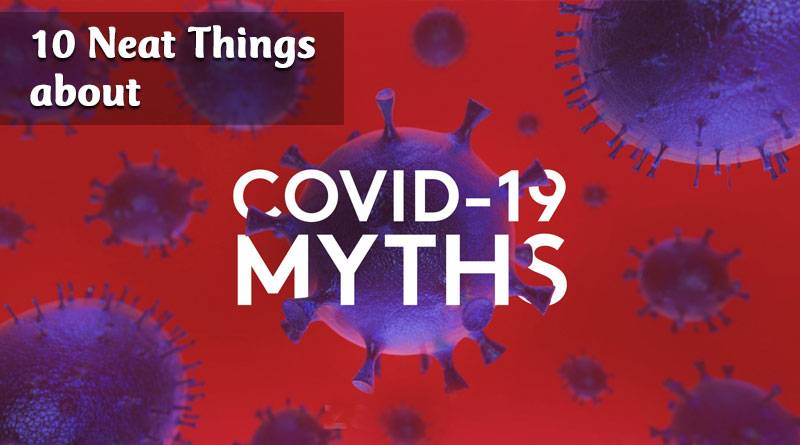COVID 19 Myths
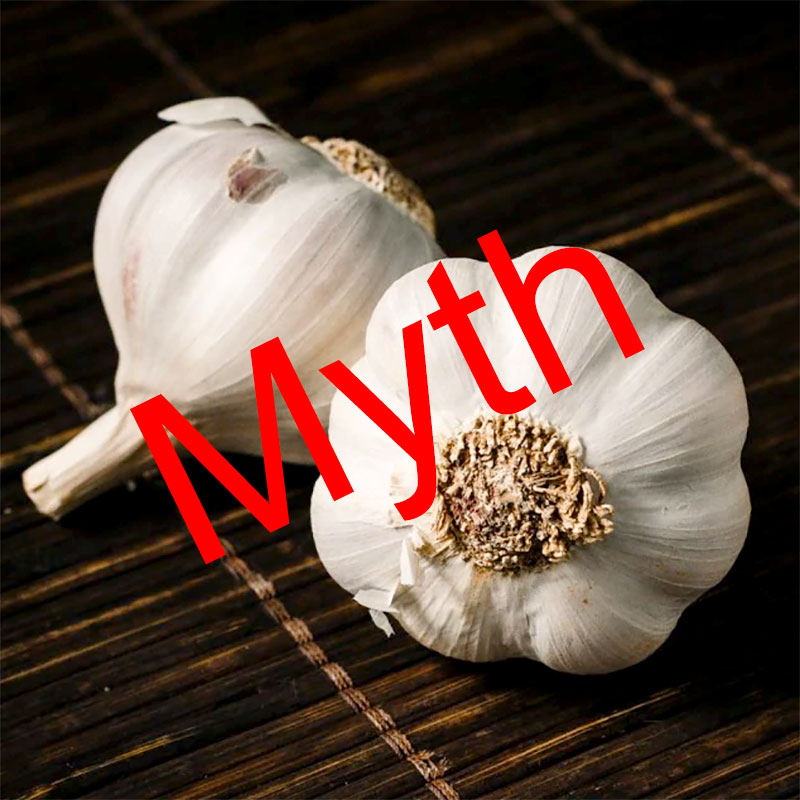
1. Garlic.
There is no evidence that eating raw garlic will kill the virus. Garlic does have some antimicrobial properties but that doesn’t mean eating it will kill COVID-19. This can lead to misguided behaviours like a woman in China who had to be hospitalized for a severely inflamed throat after eating over three pounds of garlic. Eating garlic does make your sweat smell bad, though, so eating a lot of it might help with social distancing!
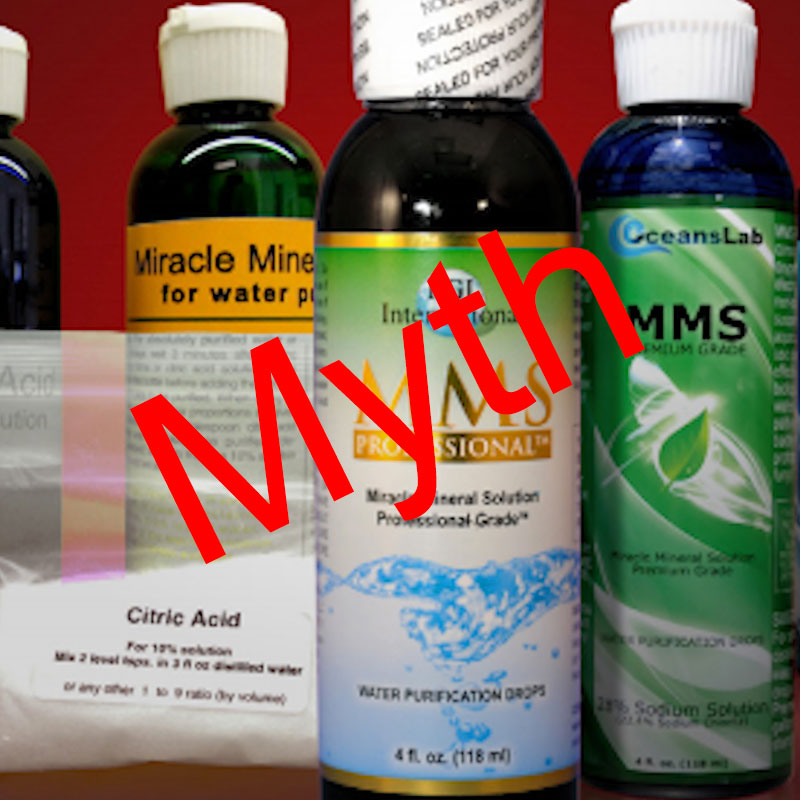
2. Miracle mineral solution.
If you’ve found this stuff, please don’t drink it, gargle with it or spray it on your body. It is industrial strength bleach. Who would recommend drinking such a thing? Jim Humble, former Scientology member and current founder of Genesis II Church of Health and Healing. He has a whole book on using MMS to treat and cure everything. Why? Your guess is as good as mine. I cannot believe I need to write this, but don’t drink bleach.
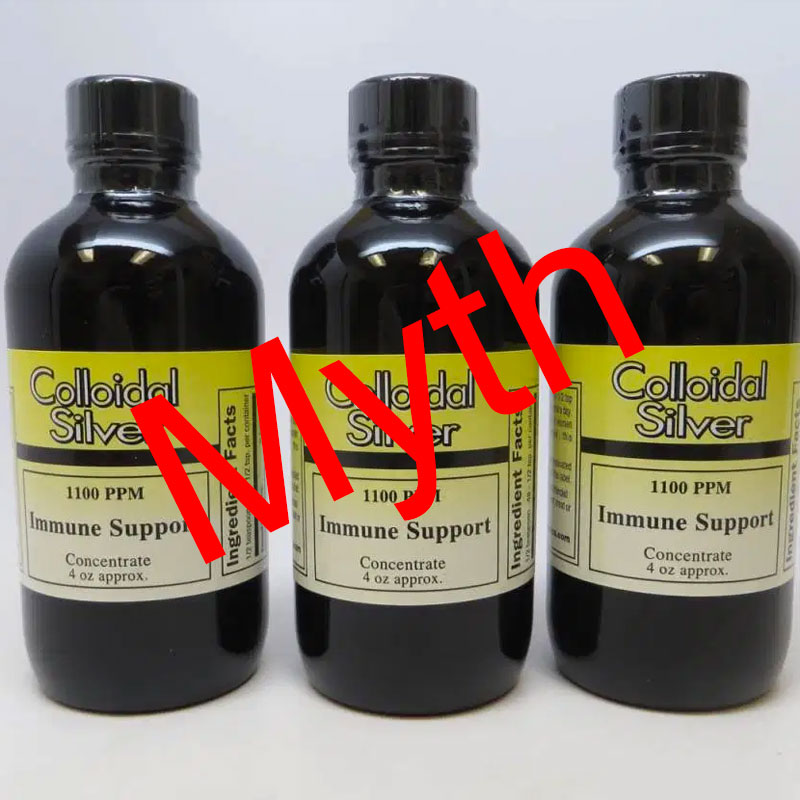
3. Colloidal silver.
This has been a purported cure for just about everything for some time. Colloidal silver is minute amounts of silver suspended in liquid. You can buy it on Amazon or at Walmart. Silver does have antimicrobial properties and it can be good in topical ointments or bandages for preventing infection. Drinking it, on the other hand, would seem to be useless. And it can turn your skin permanently blueish grey. The skin discolouration is harmless, though.
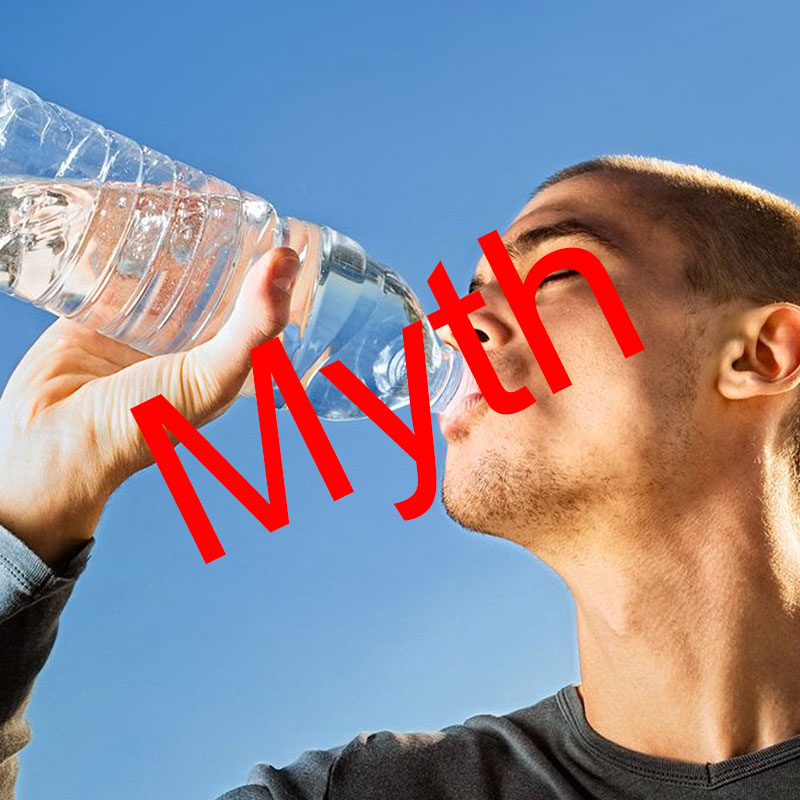
4. Water every 15 minutes.
Drinking water every 15 minutes is supposed to flush the virus from your mouth into your stomach where it will be killed by stomach acid and won’t get into your lungs. There is no evidence to suggest this is true. Drinking a bit of water every 15 minutes isn’t harmful, though, so go ahead.
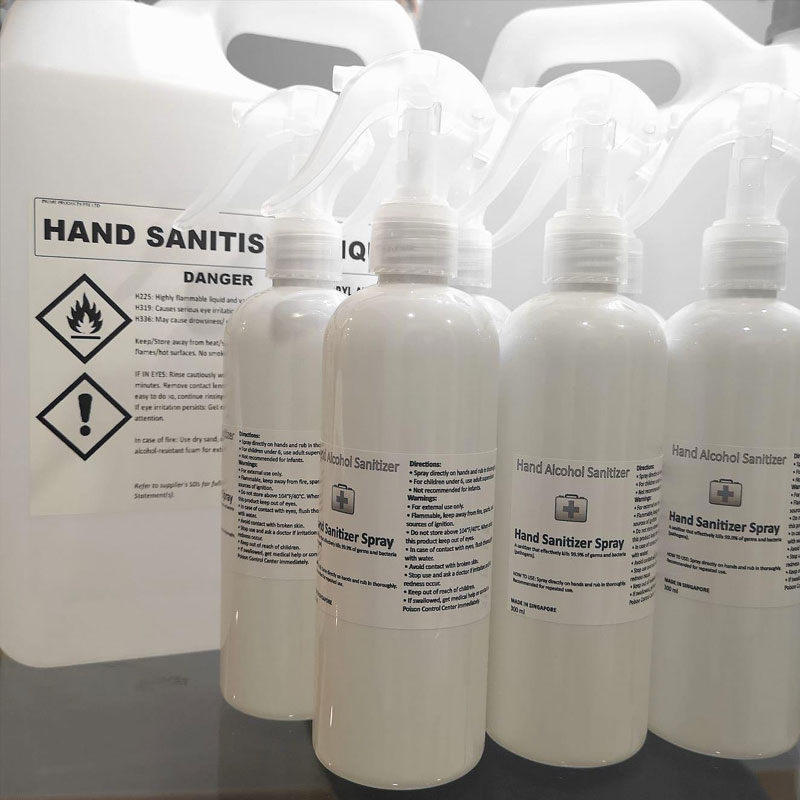
5. Alcohol spray.
You can spray yourself with rubbing alcohol; it probably won’t kill you. But it won’t do anything to get at the virus that is inside you either. You wash your hands or use hand sanitizer to kill the virus on your hands before you touch your face, where it can get into your body. I suppose that if you rub your arm against a surface with the virus on it, then that part of your arm comes into contact with your face, you could conceivably be infected. It seems unlikely, though.
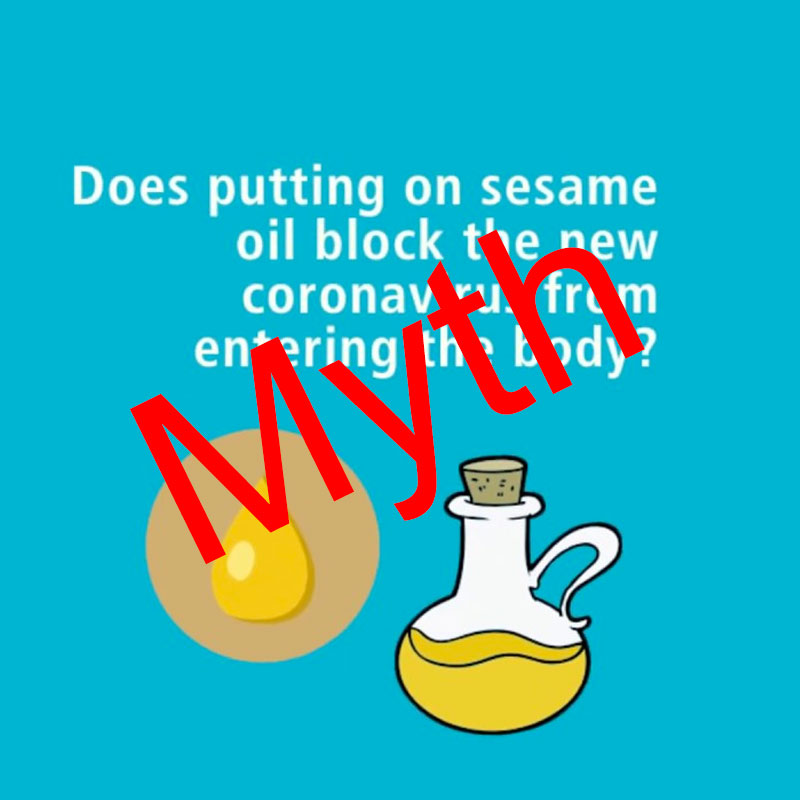
6. Sesame oil.
Sesame oil has been studied for its possible beneficial effects on inflammation and atherosclerosis. In India and Japan, there are reports of people putting it on their skin to prevent COVID-19. There’s no evidence that it works, but it’s full of good oils for skin, so try it if you want.
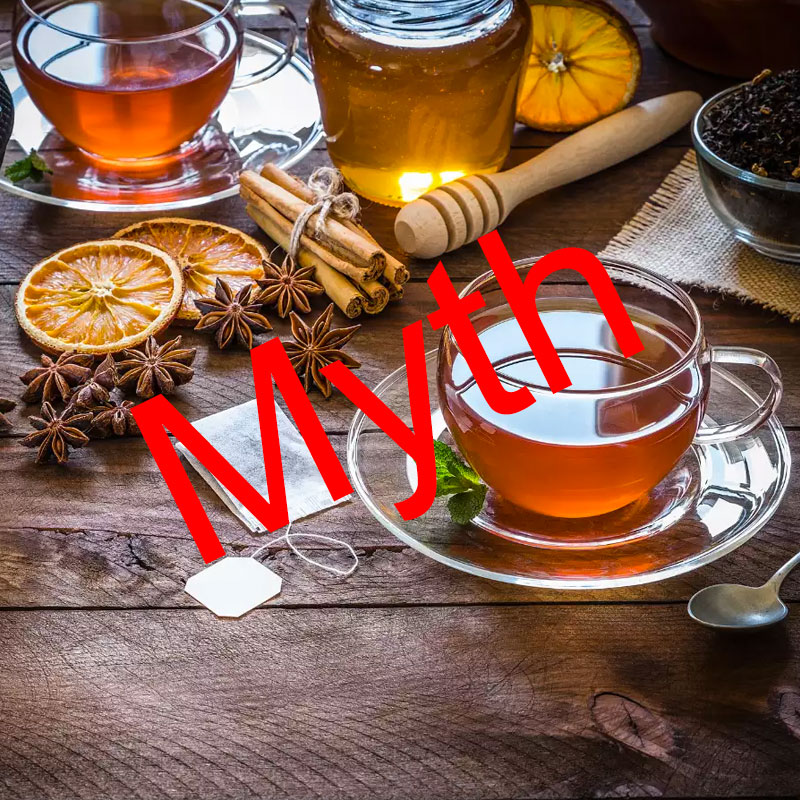
7. Drinking hot tea.
There are two things behind this, neither of which is based on good science. The first is that you should drink anything hot to raise your core temperature, which will kill the virus. The virus dies at 60 degrees Celsius; raising your core temperature to 60 degrees Celsius will kill you long before it kills coronavirus. The second is that tea will kill the virus. In fact, in vitro experiments show that tea, which is rich in polyphenols, will deactivate the virus. Drinking tea, however, won’t reach the problem-causing virus.
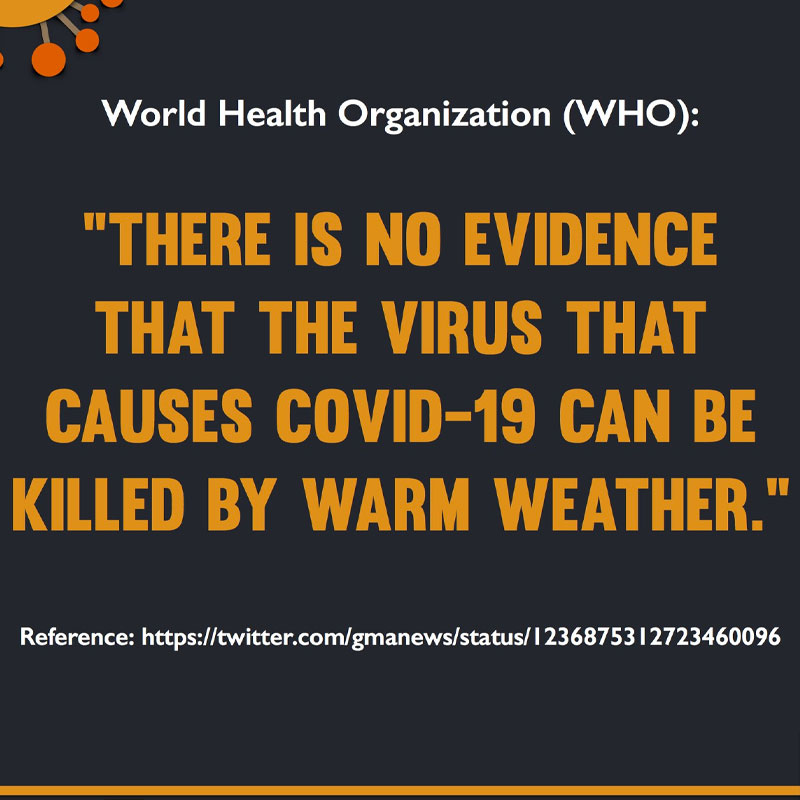
8. Warm weather.
Donald Trump says spring will kill the virus. It’s true that flu viruses don’t get spread through the spring and summer. COVID-19 has survived around the world so far, though, in both hot and cold weather. Neither is going to kill the virus.
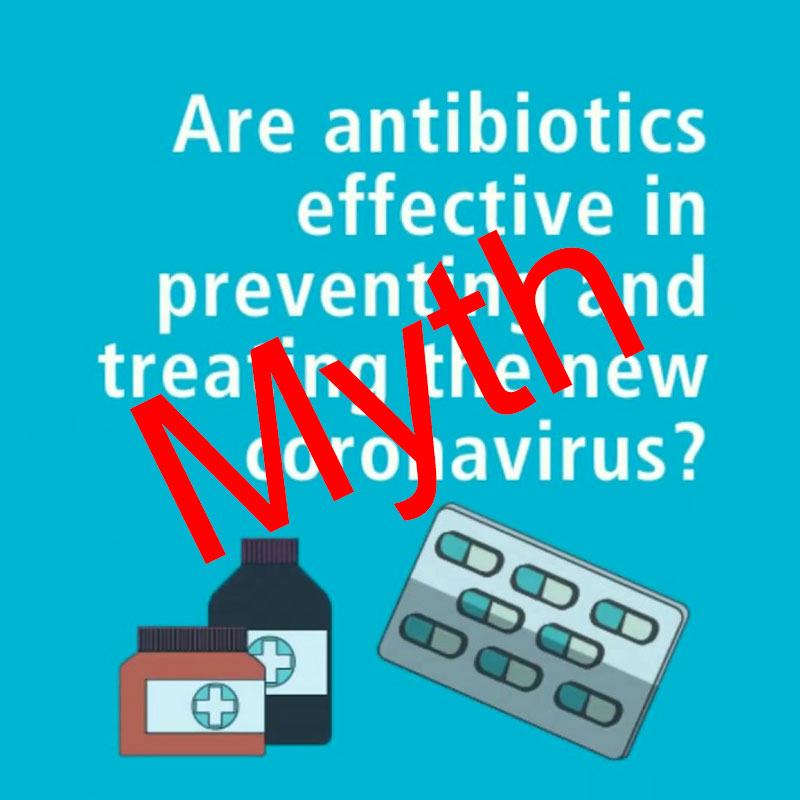
9. Antibiotics.
Antibiotics are used for bacterial infections, not viral infections. Antibiotics kill bacteria and are very effective. Viruses work by attaching to our cells and using the cells to reproduce. Antivirals can inhibit the life cycle of viruses. There is no antivirus available yet for this COVID-19. Let’s hope they find one soon.
10. It’s man made.
Oh, my goodness. Alex Jones has said this is a virus manufactured by the Chinese. Now, if you believe anything this man says, such as that the Sandy Hook shooting and killing of 26 people was a hoax, then I cannot change your mind. But if you look for rational explanations, then consider that virologists say that the virus comes from nature. Here is an article from The Lancet: https://www.thelancet.com/journals/lancet/article/PIIS0140-6736(20)30418-9/fulltext

